Greetings, loyal followers.
We’ve missed you. We’ve been quiet here for a while, and that’s because we’ve been incubating projects and programs behind the scenes. Here’s a sneak peek at what we’ve been up to…

One – Newly Renovated Norris
We’re renovating the historic Norris Reading Room to create a refreshed and welcoming space for researchers to view our materials on a desk or in display cases.
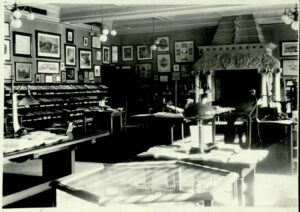
Two – Moving Some Materials
We’re moving some of our collections offsite to create space, improve discoverability, and expand access to our incunabula, medieval manuscripts, and archives.
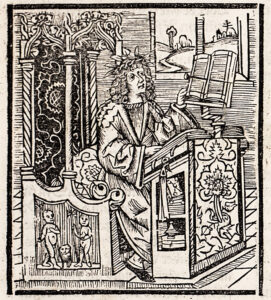
Three – Testing for Toxins
Did we mention medieval manuscripts? We’re testing several illustrations and illuminations in our oldest items to better understand the toxic pigments used by their creators. Initial results have been promising and point to the presence of orpiment, cinnabar, vermilion, and more.
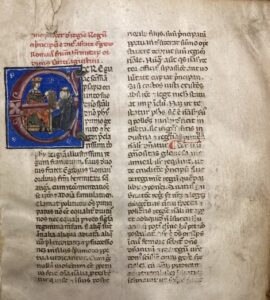
Four – Digitization
We’re expanding our digital collections starting with letters, medical trade ephemera, and scrapbooks on smallpox and influenza vaccinations.
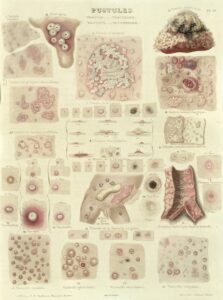
Five – Expanding the Team
We’re hiring! Do you want to spend your days working with a collection of incunabula, manuscripts, archives, monographs, maps, multimedia and more that dates to the 13th century? Come work with us as an Archivist, Special Collections and Rare Books Librarian, or Special Collections Project Librarian (2-year term)
Detailed information and application instructions on our website.
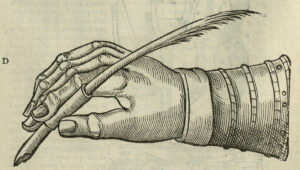
Check back often for updates! We have much more to show you …
